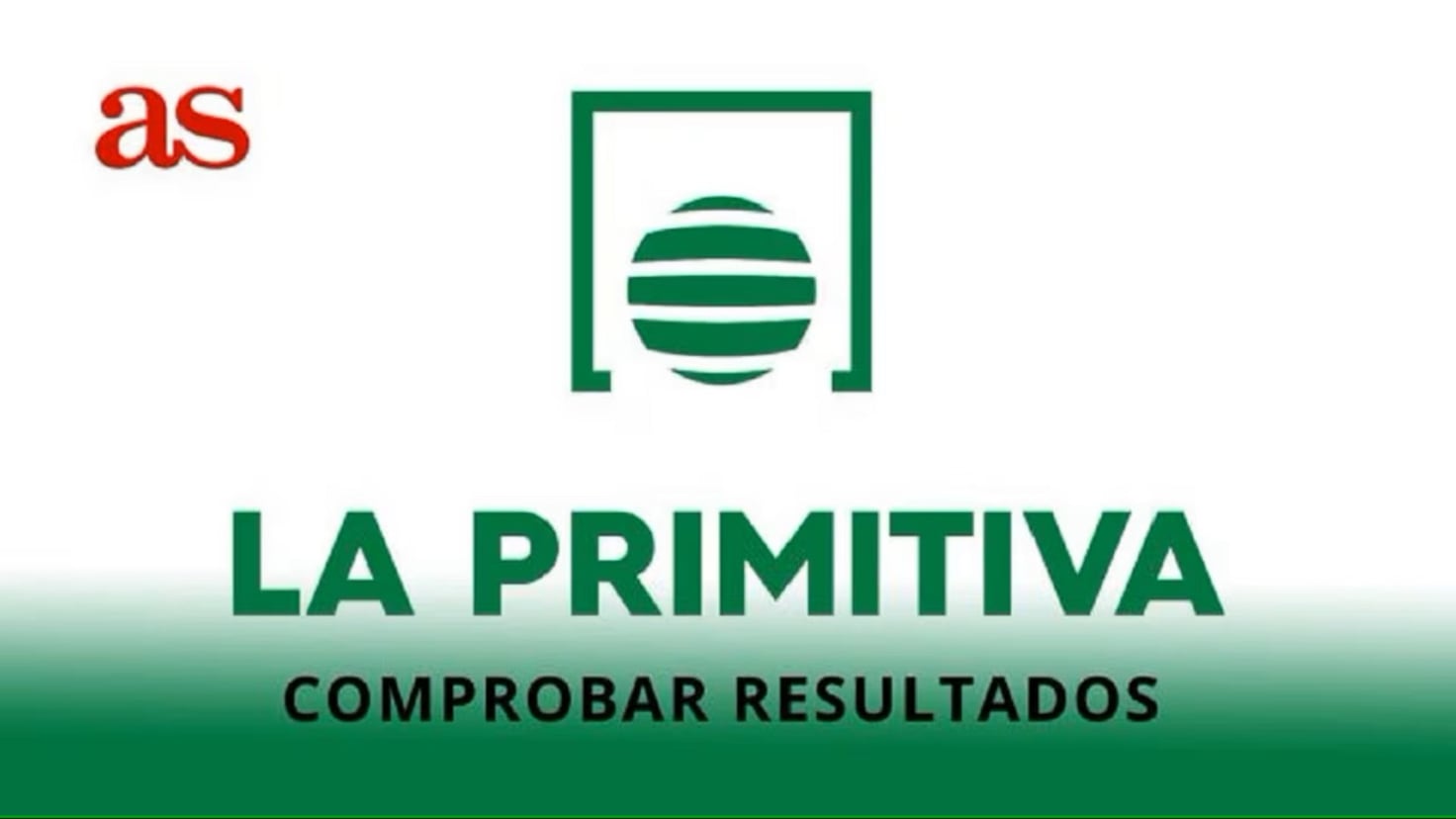Bormes les Mimosas.
When the yellow of the mimosas mixes with the pine green and the sea blue of the Côte d’Azur, the French riot of colors in late winter is perfect. Discoveries on the mimosa route.
They cover slopes. They decorate streets, squares, gardens, roundabouts. They grow like weeds. Like beautiful weeds, however, the mimosas on the route they give their name shine as bright yellow. It stretches over 130 kilometers in southern France from Bormes-les-Mimosas to Grasse.
Motorized explorers roam the Côte d’Azur and villages in the hinterland along the way. And they get to know the culinary facets of mimosas, which bloom here from mid-January to early March.
Color explosions to start with
“I have a passion for the plant,” says mimosa collector Julien Cavatore. He runs a greenhouse near Bormes-les-Mimosas and has created a garden that visitors can enter for free.
At least with him you learn that mimosa is not just mimosa. Cavatore has collected 250 species. He boasts the largest collection in France. And there is still a lot more to collect, he says. There are a total of 1200 species. Most grow in Australia, where the plants originally came from.
They first appeared in southern France around 1880 and began to take root in the Mediterranean climate. This soon grew into a profitable business for planters. Mimosas were shipped across the country and across Europe from the train stations in Cannes and Mandelieu-la-Napoule.
More than just mimosas
Bormes-les-Mimosas is about halfway between Marseille and Nice. The start of the mimosa route could hardly be nicer. The community looks like a large painting. Up the slope the houses are staggered up to the castle. The colors explode when the mimosa blossoms.
A detour to Parc Gonzalez is highly recommended, with an abundance of mimosas: whether prickly, with plush flowers or leaves with a silver and purple sheen.
To prevent false expectations: The mimosa route is not a remote themed route, but runs along normal roads. But when the mimosa is in bloom, they don’t drown in traffic like they do in summer. A huge plus, as is the mild climate in winter.
Chocolate flavored with mimosa and mimocello
The journey leads via the coastal towns of Sainte-Maxime and Saint-Raphaël to the Bay of Agay, above which the foothills of the rust-brown, furrowed Esterel massif rise.
Agay is the home of chocolate maker Didier Carrié, where the mimosas bloom all year round, so to speak. He invented the small spherical “Agay mimosa”: a white chocolate praline with lemon and natural mimosa flavor.
Another creative head is Laurent Raynaud, who brought the mimosa liqueur “Mimocello” onto the market. Raynaud produces the liqueur from French vodka and mimosa in an officially sanctioned manner. To do this, he and friends go out with friends on several Sundays at the beginning of the year and pick the blossoms “like peas from the trees”, as Raynaud puts it. So far, production has been limited to small quantities.
But there are also people along the route who don’t like mimosas at all. One of them is forester André Frey. “Mimosa are invasive and take up space in the forest for other plants,” he says. He is aware that Frey will make himself unpopular if he cuts down trees. “People can’t understand that until you explain it to them.”
In the Citroën duck through the woods
Luckily for the traveller’s eye, there are still enough stocks – especially behind Mandelieu-la-Napoule in the mountains of the municipality of Tanneron. Here they advertise the “largest mimosa forest in Europe”.
There we recommend a hike of a few kilometers on the combined paths “Piste de Barbossi” and “Parcours découverte de la Forêt du Grand Duc“; However, you are not alone there when the mimosa blossoms.
Mademoiselle Riviera offers an exclusive experience. With a red beret on her head and her hands on the wheel of her Citroën 2CV, she drives guests through the mimosa forests. Mademoiselle Riviera’s real name is Virginie Benessiano, she’s a seasoned woman in her early 40s and her main job is a teacher.
When asked about her personal connection to mimosas, she doesn’t have to think long. “I wash myself with mimosa soap every day,” she says.
The surprising scents of mimosa
The mimosa route ends in the perfume town of Grasse, where the International Perfume Museum invites you on a journey through the world of fragrances. The shady shops have been flourishing since the 17th century. To this day, many people live off perfume here.
Jessica Buchanan is one of them. The Canadian studied at the Perfume Institute in Grasse and stayed here. In her shop she relies on her own creations. The mimosa should not be missing.
“It’s soft and doesn’t resemble any other flower,” enthuses the fragrance expert. With her fine nose, she filters out surprising aromas: “Honey, pollen – and a touch of cucumber.”
mimosa route
- Getting there: Flight to Nice or Marseille, from there continue by rental car to Bormes-les-Mimosas.
- Duration of travel: Although the Mimosa Route is only 130 kilometers long, you can plan four days for discovering villages, strolling along the beach, hiking tours and detours to parks such as the Domaine du Rayol not far from Bormes-les-Mimosas.
- Route: https://routedumimosa.com/ (French); in German keeps the website of the tourism authority of the region Provence-Alpes-Côte d’Azur info ready.
(dpa)
More articles from this category can be found here: Europe

